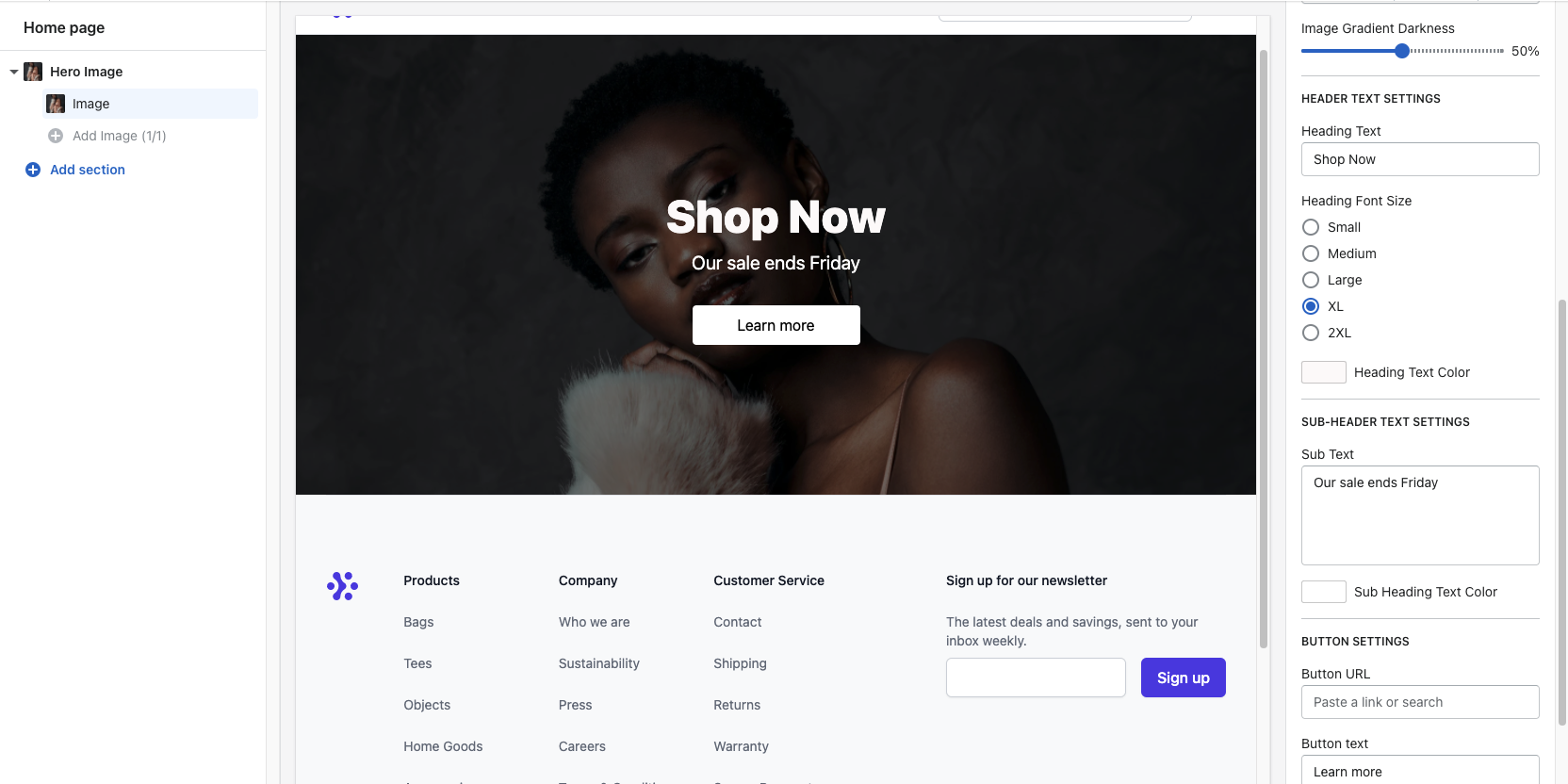Last Updated: 9/23/2021
If the products in your ecommerce store are big ticket items (i.e., they cost hundreds or thousands of dollars), then you should be excited about this year’s upcoming holiday sales season. According to the Roku and Harris Poll 2021 Holiday Survey:
32% of consumers plan to purchase big-ticket items over $500 this season.
One in three holiday shoppers expect to increase spending this holiday season, a significant increase from the past three years (and the highest number reported since 2018).
Consumers expect to spend a record $937 on holiday purchases – a 5% increase year-over-year.
What are they buying? Two in three holiday shoppers (63%) said they plan to purchase consumer electronics this year.
Q4 marketing strategy for high end retailers should look significantly different from other retailers’ Specifically, the timing of your marketing should be different. According to the National Retail Federation (NRF), “each year, about 40 percent of consumers begin their holiday shopping before Halloween.
While it may seem like holiday shopping messaging keeps starting earlier and earlier every year, data shows that it pays off for sellers of substantial, big ticket items such as luxury goods or electronics (keyboards, headphones, cameras, watches etc), to focus on October, September and even sooner to start “planting the seed” of holiday gifting in their marketing. Here’s why.
Expensive purchases require more consideration
Zeroing in on Black Friday or Cyber Monday is likely not the best approach for high end purchases. Data suggests substantial purchases happen in early November and October - sooner than when the bombardment of BFCM marketing messaging begins.
We know that products with a substantial price tag have a longer sales funnel. Customers may need to plan their budget and save. They may need to discuss the purchase with their partner and/or family members. If it’s a physically large item, they may need to rearrange something about their living space to accommodate it.
Give customers the weeks/months they need to consider the purchase and start your targeted advertising early. Expect shoppers for high ticket items to make purchases in October and early November, and get them into your marketing ecosystem before then.
Returns are better
In September and October, returns on ad spend are substantially better due to less competition. Whereas most online retailers will be on a spending frenzy around BFCM in November and December, you should consider front loading your ad spend into these earlier months for better ROI.
A “good” rate of ad spend (ROAS) depends on several factors like your margins and the industry you’re in. But as a general rule of thumb, anything above 2X ROAS is considered healthy. Don’t forget, CPCs and CPMs tend to increase during the holiday season, so you’ll likely have a much better shot at maintaining a healthy ROAS in Sept-Oct vs. Nov-Dec.
Psychographics and other considerations for reaching high-end shoppers this year
Make streaming ads part of your 2021 holiday marketing strategy. Americans have streamed a record-breaking amount of TV in the past year. 49% of consumers said they have seen an ad on their TV streaming device that caused them to pause what they were watching and shop for the product online, a significant increase from 2020. 46% of holiday consumers say they rely on traditional or TV streaming ads for inspiration when shopping for gifts. The “always-on” consumer is driving marketers to buy TV advertising where holiday shoppers now watch TV, making streaming a must-have for advertisers this season.
Anticipate residual supply chain and shipping delays. Another reason to expect earlier holiday shopping this year is because savvy high-end shoppers are aware of ongoing delays due to the pandemic. Supply chain challenges like factory shutdowns, chip shortages and port congestion are expected to last through the holidays and well into 2022. Many phases of the manufacturing and delivery processes are taking longer than normal, while delivery carriers like UPS and FedEx work through their own bottlenecks. The pressures threaten to spoil the holiday season for families that don’t shop soon enough. Set expectations and warn your customers about delays in your holiday marketing messaging, and encourage them to place their orders early for the best chance of on-time arrival.
Get more holiday shopping insights and tips specific to 2021 here.



